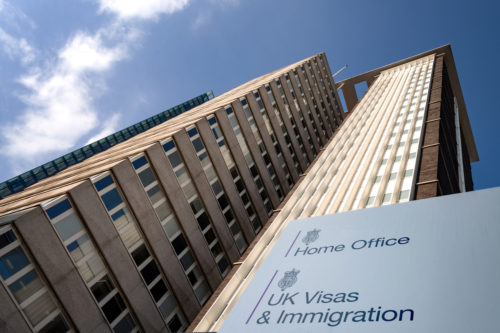Maternity leave entitlement is a total of 52 weeks’ maternity leave, consisting of 26 weeks’ ordinary maternity leave and 26 weeks’ additional maternity leave. The first 2 weeks after a child is born is known as compulsory maternity leave and it is unlawful for the mother to return to work before then, even if she wants to.
Women who have sufficient continuous service and earnings may be entitled to Statutory Maternity Pay (“SMP”). SMP is paid for 39 weeks’ at the rates set by the government from time to time. The first six weeks of maternity leave are paid at the rate of 90% of the employee’s average weekly earnings, and the remaining 33 weeks at the lower of the prescribed rate set annually by the Government or 90% of the employee’s normal weekly earnings whichever is lower. Women who do not qualify for SMP may be entitled to Maternity Allowance for up to 39 weeks.
During a woman’s pregnancy and maternity leave, she has further rights and protections, including the right to take time off to attend antenatal appointments, the right to return to the same job following a period of maternity leave, priority for alternative employment in redundancy scenarios, and protection from dismissal, detriment or discrimination on the grounds of her pregnancy or maternity leave.
Paternity leave and pay
Providing that they have sufficient service, the spouse, partner or civil partner of a child’s mother or adopter is entitled to two week’s statutory paternity leave. Paternity leave may be taken as either a block of one week or two consecutive weeks’ within 56 days of the child’s birth. It may not be split up into smaller parcels unless the employer’s contractual policy provides for this. The purpose of paternity leave is to enable an employee to care for the child or to support the child’s mother.
Statutory paternity pay is paid for up to two weeks at the lower of the prescribed rate set annually by the Government, or 90% of the employee’s normal weekly earnings.
Adoption leave and pay
Subject to meeting the qualifying conditions, employees are adopting a child are entitled to up to 52 weeks’ adoption leave and 39 weeks’ pay, at rates set by the Government. Adopters will also have other rights similar to employees on maternity leave, such as the right to return to the same job or to a suitable alternative job (depending on the circumstances), and protection from detriment, discrimination and dismissal.
Shared parental leave and pay
Shared parental leave gives eligible parents the right to share up to 50 weeks of shared parental leave and 37 weeks of shared parental pay. Whilst the shared parental regime is not simple, requiring numerous notifications, in practical terms it works by the mother curtailing her maternity leave after the initial compulsory leave of 2 weeks, meaning that the amount of shared parental leave and pay available is reduced by any time spent by the mother on maternity leave.
The scheme is intended to increase flexibility in terms of childcare in the first year of a child’s life, but there are very detailed and prescriptive eligibility and notification requirements.
It is not uncommon for employers to pay enhanced maternity pay to mothers on maternity leave over and above the statutory amounts prescribed by the Government. It is however less common for employers to pay enhanced shared parental pay for parents on shared parental leave. Whether this may be discriminatory will depend on the circumstances.




